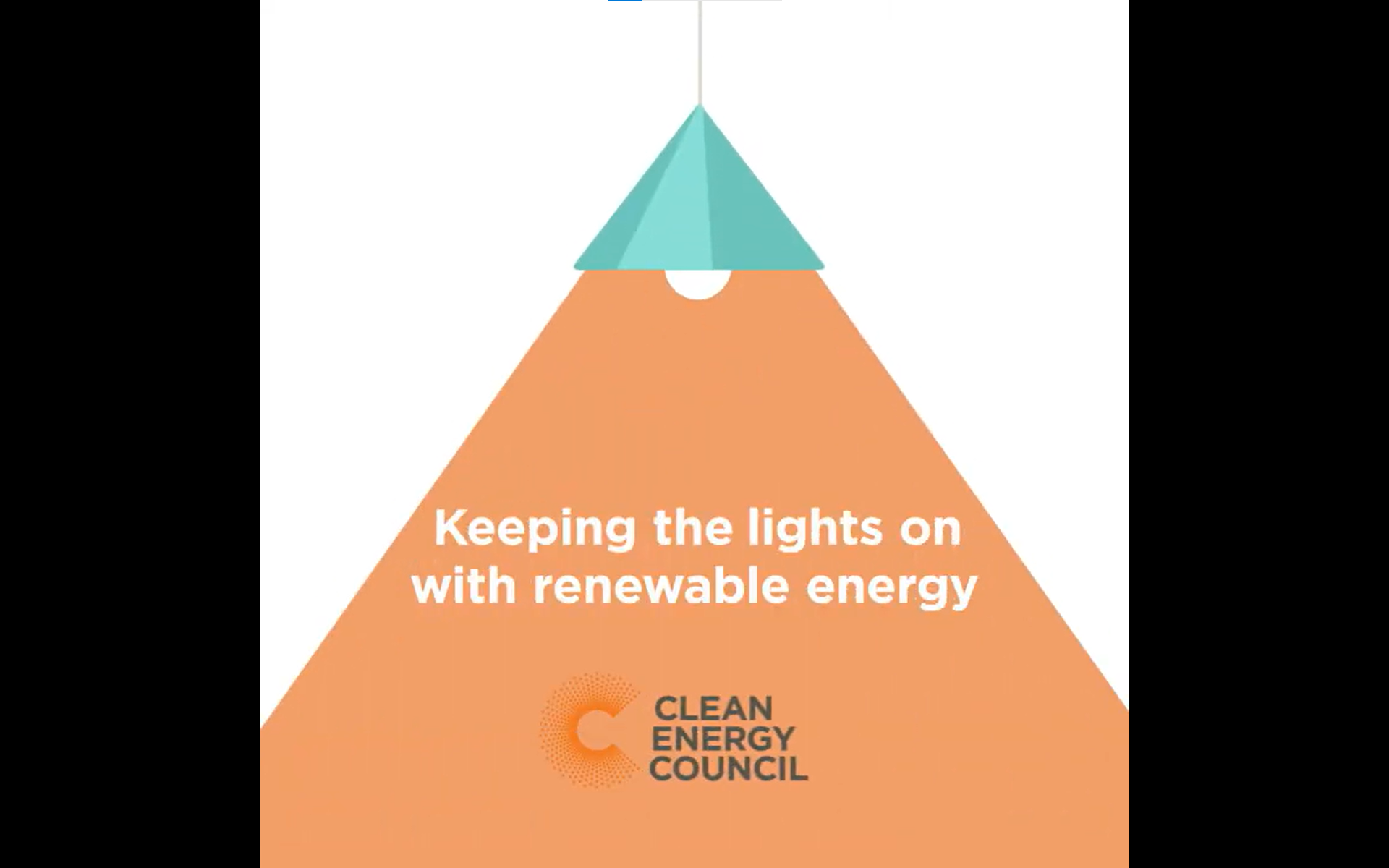Energy security includes the grid's capability to react and recover securely to major events such as faults or generation tripping, termed 'contingencies'.

Energy security and the transition to renewable energy
|
Avg annual emissions from coal aged over 40 (tCO2e) |
Electricity sector emissions from coal aged over 40 (%) |
Avg annual emissions from coal aged over 50 (tCEO2e) |
Electricity sector emissions from coal aged over 50 (%) |
|
|---|---|---|---|---|
|
2017 |
19,115,093 |
13 |
154,569 |
0 |
|
2020 |
25,916,150 |
18 |
154,569 |
0 |
|
2025 |
56,493,037 |
39 |
10,459,202 |
7 |
|
2030 |
90,498,324 |
62 |
25,916,150 |
18 |
|
2035 |
97,711,566 |
67 |
56,493,037 |
39 |
|
2040 |
115,867,878 |
79 |
90,498,324 |
62 |
|
2045 |
126,868,073 |
87 |
97,711,566 |
67 |
|
2050 |
130,701,396 |
89 |
115,867,878 |
79 |
Energy Security Definitions
Synchronous generators have spinning magnetic fields that keep frequency close to 50 Hz. These magnetic fields are locked in synchronism across the grid, and synchronous generators rely on them to operate stably.
Non-synchronous generators are wind, solar and battery storage that use power electronics to follow the grid frequency in order to inject power into the grid, but can operate in a range of grid conditions.
Energy system reliability is ensuring that there is enough generation, demand-side and network capacity to supply customers with the energy they demand, with a very high degree of confidence.
Energy system security is a power system that is able to operate within defined technical limits, such as frequency, even if there is an incident such as the loss of a major transmission line or large generator.
Frequency is an outcome of supply and demand balance and is kept close to 50 Hz with the Frequency Control Ancillary Services (FCAS) market to provide this balance. The Australian Energy Market Operator operates the FCAS market, which has historically tended towards changes in generation (supply) rather than demand.
Rate of change of frequency or ROCOF is the steepness of a change in frequency following a contingency event.
Inertia is the power system’s immediate response to a contingency event. The level of inertia dictates the rate of change of frequency away from 50 Hz immediately after the event. Inertia allows for time to bring the power systems other emergency frequency control mechanisms into assist and restore frequency.
Fast frequency response is the fast-acting frequency control capability that can be delivered from a battery storage system or wind turbine generator. Acting like a synthetic form of inertia it swiftly injects (or consumers) power into (or from) the grid to push against a high rate of change of frequency event, with an aim to assist in restoring the supply-demand balance and therefore the frequency.





